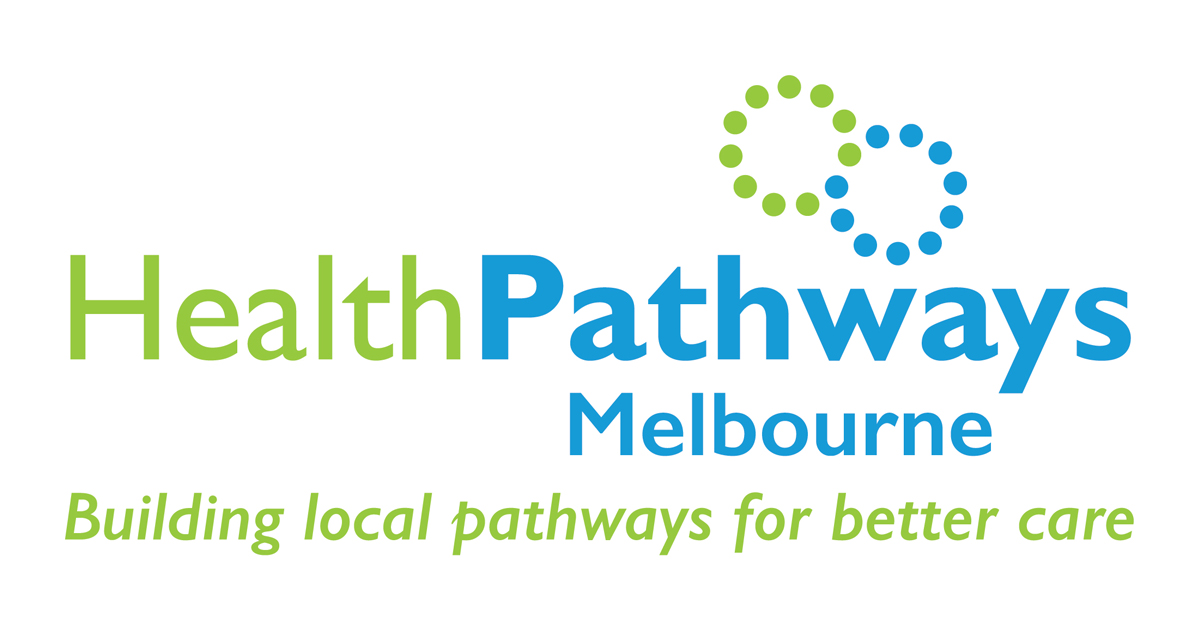
Sally is 76 and presents for her annual 75+ health check. Jane, the practice nurse, has recently been to an advance care planning (ACP) workshop and wishes to discuss ACP with Sally.
Advance care planning is a process of planning for future health and personal care. A person’s values, beliefs and preferences are made known so they can guide clinical decision making at a future time when they cannot make or communicate their decisions due to lack of capacity. Part of advance care planning might include setting up an advance care directive (ACD) which sets out treatments and/or interventions that the patient would consent to if they had capacity.
The 75+ Health Assessment is an ideal time to start a conversation about ACP with your patients. Other triggers to discuss ACP include other health assessments, care planning and patient requests. Ask yourself the surprise question: “Would I be surprised if this patient died in the next 12 months?” If the answer is “no” then consider starting the conversation.
Jane starts the conversation with Sally and gives her some resources to read at home. Jane encourages Sally to discuss her wishes with her family.
Resources
- A helpful short video overview of advance care planning produced by Advance Care Planning Australia
- This brochure is a simple starting point for patients and is available on our website in eight different languages
- This brochure gives an overview of how and when an advance care directive is used
- This booklet provides the information and forms patients need to appoint a medical treatment decision maker, complete an advance care directive or make an enduring power of attorney
A month later, Sally comes back to see Dr Harriet, her GP. Sally has decided she would like to fill out an advance care directive.
Dr Harriet is aware that in March 2018 the new Victorian Medical Treatment Planning and Decisions Act 2016 came into effect.
The key features of this Act are:
- Health practitioners need a patient’s consent before providing medical treatment, unless they are providing emergency treatment. The new act sets out steps for health practitioners to follow when a patient is unable to consent.
- If medical treatment is clinically indicated and a patient does not have decision making capacity, a health practitioner must obtain consent either through an instructional directive (a binding part of an advanced care directive), or from a medical treatment decision maker (more information).
An advance care directive (ACD):
- Can only be created by a patient with decision making capacity in relation to each statement in their ACD.
- Must be witnessed by two adults, one of whom is a medical practitioner.
- Is only used when the patient no longer has decision making capacity to consent to or refuse the medical treatment.
- May include two forms of statement:
- Instructional directive – binding instruction
- Values directive – preferences and values
Dr Harriet spends time discussing Sally’s wishes for end-of-life care. Dr Harriet asks Sally about situations that Sally would find difficult but acceptable, situations worth living but just barely, and situations she would not find acceptable at all.
Dr Harriet gives Sally the formal documents for an ACD and encourages her to discuss her wishes with her family and appoint a medical decision maker. Dr Harriet advises Sally to fill out the forms and return to have them witnessed.
Resources
Sally wants to upload her ACD to her My Health Record. Jane (the practice nurse) asks Anna (the receptionist) to help her.
Luckily the entire practice team has seen the fact sheet on how to upload the ACD to the My Health Record system and Anna talks Sally through the process.
Anna also recommends Sally give copies to her medical treatment decision maker, family members and her solicitor, and to inform any relevant health care professionals – including treating medical specialists, community services, public or private hospitals and residential aged care facilities – that ACP discussions have taken place and any outcomes from these discussions.
Where can I get more information?
- HealthPathways Melbourne provides clinical advice and easy-to-follow maps of referral services.
- HealthPathways Melbourne has a comprehensive advance care planning page that includes processes to follow and where to go for advice and assistance.
If you do not have access to HealthPathways Melbourne please contact info@healthpathways.org.au
- Information on the legislative requirements and legally-binding forms are available on the health.vic website
- Advance Care Planning Australia has information in a number of languages
By Dr Jeannie Knapp.
Disclaimer: This article was provided by Dr Jeannie Knapp. While every effort has been made to ensure the information is accurate, North Western Melbourne Primary Health Network does not warrant or represent the accuracy, currency and completeness of any information or material included within.




